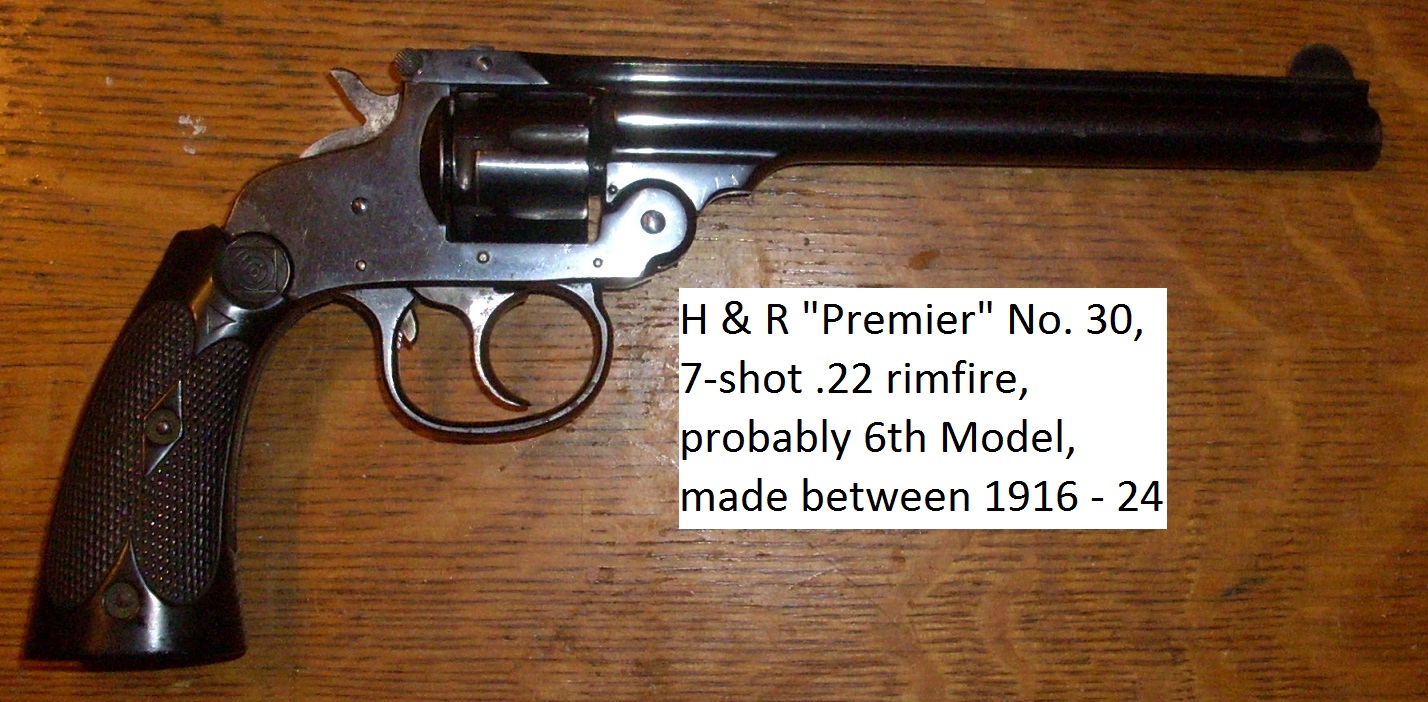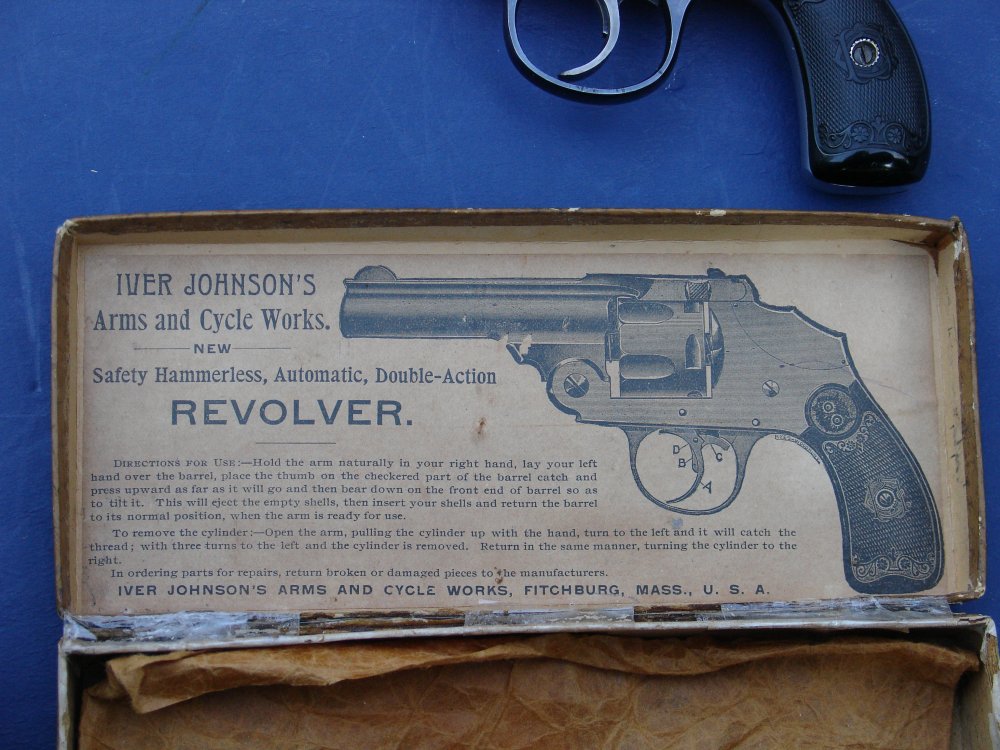
- #IVER JOHNSON TOP BREAK 22 SERIAL NUMBER#
- #IVER JOHNSON TOP BREAK 22 MANUAL#
- #IVER JOHNSON TOP BREAK 22 CODE#
They have partnered with ’s to offer the auction services of seized, forfeited and unclaimed Firearms to ’s law enforcement clients. Offering online auction services to law enforcement agencies since 1999, they have handled most everything in the property & evidence room, except Firearms…until now. is the market leader in providing online auction services for over 3,000 law enforcement agencies, municipalities and other organizations. Overall condition of this firearm, based on Blue Book of Guns guidelines, is 40%. This revolver certainly shows wear, but appears intact and serviceable. In any case, it has a 5-round capacity, original owl-head grips, and a 3.5-inch barrel. The caliber is unknown, my guess (emphasize guess) would be the venerable. Use the proper ammunition the gun was designed for.This is some model of an Iver Johnson top-break revolver. At a very minimum, suggests you have any potential shooter thoroughly evaluated by a gunsmith skilled in these old revolvers before taking it to trip to the range. Two out of three of these models were never chambered for modern cartridges and all used early steels that are not as strong as today’s metals. The newest Iver Johnson Safety Auto is still more than sixty years old.

If you want to buy one of these and shoot it, take a moment of pause. With production dates under 1941, they are all C&R eligible and many First and Second Models are classified as pre-1898 antiques. The fact that the McKinley gun was one of these models further adds to their mystique. With several dozen varieties of these revolvers made over a fifty year period, they are an easy collectable to get into for very little outlay.

These guns were never expensive and today they run anywhere from $25 for guns in nonfunctional condition but otherwise complete, to nice minty Third Models that are still fireable for $175. Late Third Model guns are usually found with wooden grips rather than the plastic and, in addition, on the First and Second Model guns, the cylinder freewheels when at rest, while the Third Model does not.
#IVER JOHNSON TOP BREAK 22 CODE#
The owl looks at the barrel but it is under these grips that you can find a date letter code that can help identify when your revolver was made. The distinctive monogram on the grips gives these guns the nickname of ‘Owl Head’ revolvers. These guns and a corresponding hammerless were produced as late as the start of WWII.
#IVER JOHNSON TOP BREAK 22 SERIAL NUMBER#
The serial number ranges don’t go lower than a “G” and all of these guns were beefed up to take smokeless powder rounds. The Third Model used coil springs rather than the flat springs of the first two models.
#IVER JOHNSON TOP BREAK 22 MANUAL#
These Second Model Hammerless variants have a manual safety on the trigger, which makes them easy to spot while Gaston Glock is silent on this trigger design. Note the pre-Glock trigger safety.Ī ‘hammerless’ version with a distinctive humpbacked shrouded frame was also made in this version. Iver Johnson Safety Automatic, the second hammerless model. On the top of the barrel rib there is a serial number, which usually doesn’t begins with a letter code but sometimes does. The first run of guns were all designed and built for low-pressure black powder cartridges. These guns use a single top latch to hold the revolver together, a simple design which boasts four patent dates listed on the barrel with the last one being ’93.

Some 250,000 First Model Iver Johnson Safety Automatics were made from 1894-96, a significant and brief production life if there ever was one. In short, they were the Kahr of the 1900s.

A nice, safe, and (for the time) relatively powerful handgun with a fast reload for a price that almost anyone could afford made it a hit for the company. When introduced Safety Automatics retailed for $6, which in todays money is about $150. With so many options you could buy a small concealable revolver for discreet carry or hiding in a cash drawer, or a larger piece for home defense. These guns were sold in both a small frame version with a three to six inch barrel in 22LR (7-shot) or 32S&W (5-shot), and a large frame 38S&W version that came in barrel lengths as short as 2-inches. Then you risked an accidental discharge from a dropped revolver if the gun was carried with a hammer down on a loaded cylinder, which as you may imagine, was a real concern at the time. Without the transfer bar in place, which would only occur when the trigger was pulled, the gun would not fire


 0 kommentar(er)
0 kommentar(er)
